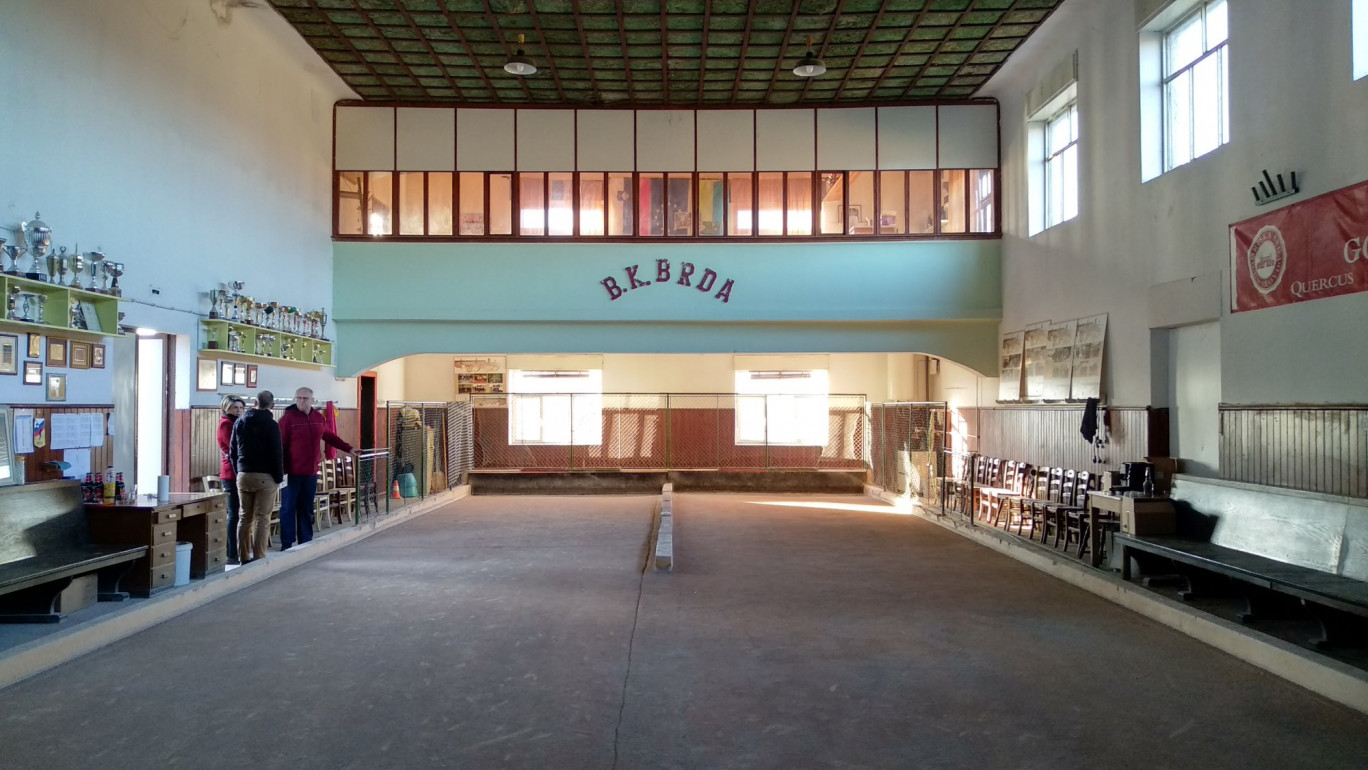The Common in Community
As we go through our daily routines we frequently overlook how important community is in our lives; we lose sight of our place within it, our relationships with other people, and how strongly this shapes our daily lives. But once this interaction is broken due to personal or social circumstances, it soon becomes obvious how much it is missed. It’s in times of economic, health or natural crises that indoor public community spaces suddenly become extremely important connective elements whose existence is crucial for the widest community.
The exhibition focuses on the Cooperative Centre – a multipurpose public building most often set in a rural context. In villages, small towns and suburban areas they serve as venues for various administrative, economic, social and cultural activities. The cooperative centre has a specific architectural typology, whose purpose is to create an indoor public space that usually serves as a central space in the community, a place of social interaction and a hub that serves a range of local community needs.
Cooperative centres represent the remnants of the Yugoslavian project of building cooperative centres during the time of post-war reconstruction and the broader modernisation of society. A network of 523 cooperative centres was planned for Slovenia and, as the research shows, more than 300 were built within a couple of years.
The exhibition highlights the various dimensions of this project of constructing cooperative centres in the given historical, spatial and organisational circumstances, both at the time of their emergence and today. Employing distinctive architectural elements it shapes the character and functioning of indoor public space, whose significance is underlined by the presentation of the project itself. Today, exploring the subject of cooperative centres offers us the chance to better understand the ways in which indoor public spaces can be set up as social infrastructures that have the potential to foster free interaction and association, communication and empowerment. How important they are for society only becomes that much more obvious when we are deprived of the possibility to participate and associate.
About the team
Blaž Babnik Romaniuk is an architect, urban planner and art historian, winner of the Europan competition for the design of a new city centre in Vienna.
Martina Malešič, PhD, is a multiple award-winning researcher, publicist and curator in the field of history of architecture with extensive experience in Slovenia and beyond.
Rastko Pečar is an architect and activist with the informal community squatting at the former Rog Factory. This experience served as the basis for his master’s thesis on the renovation of the Rog factory site and won him the Prešeren Student Award.
Asta Vrečko, PhD, is a publicist, researcher and curator working in the field of the history of 20th-century art.
The project was selected in the framework of the public call organised by MAO with the panel of judges composed of Ddr. Petra Čeferin and Aleš Vodopivec, PhD, both from the Faulty of Architecture of the University of Ljubljana, Miloš Kosec, PhD, member of the Outsider magazine editorial board, Bika Rebek of the University of Columbia, New York, Peter Šenk, PhD, of the Faculty of Civil Engineering, Transportation Engineering and Architecture of the University of Maribor, and Boštjan Vuga, MSc, lecturer at the Architectural Association School of Architecture in London.
